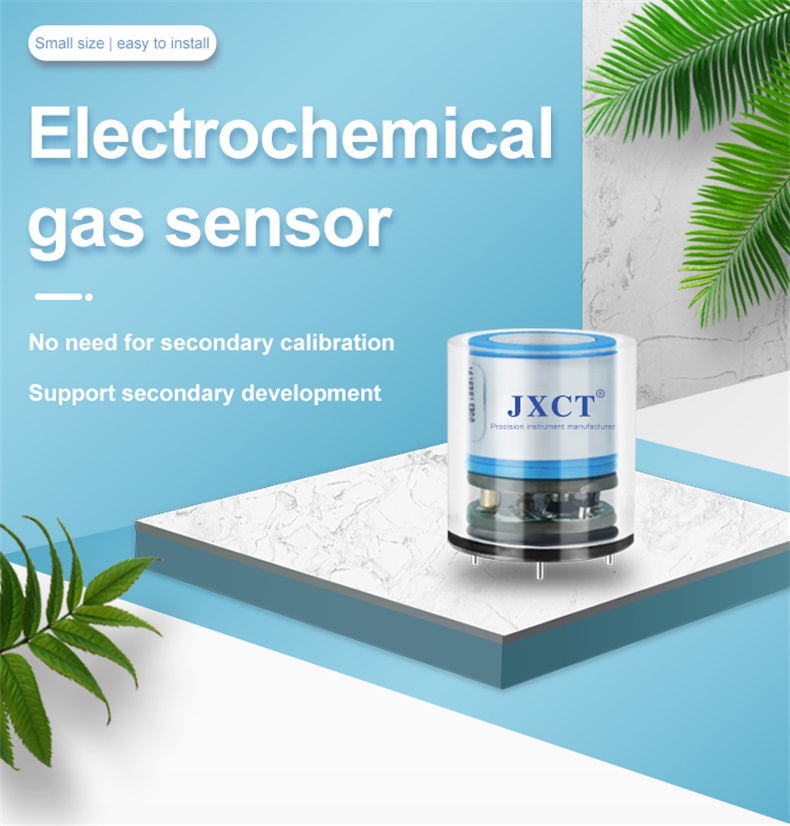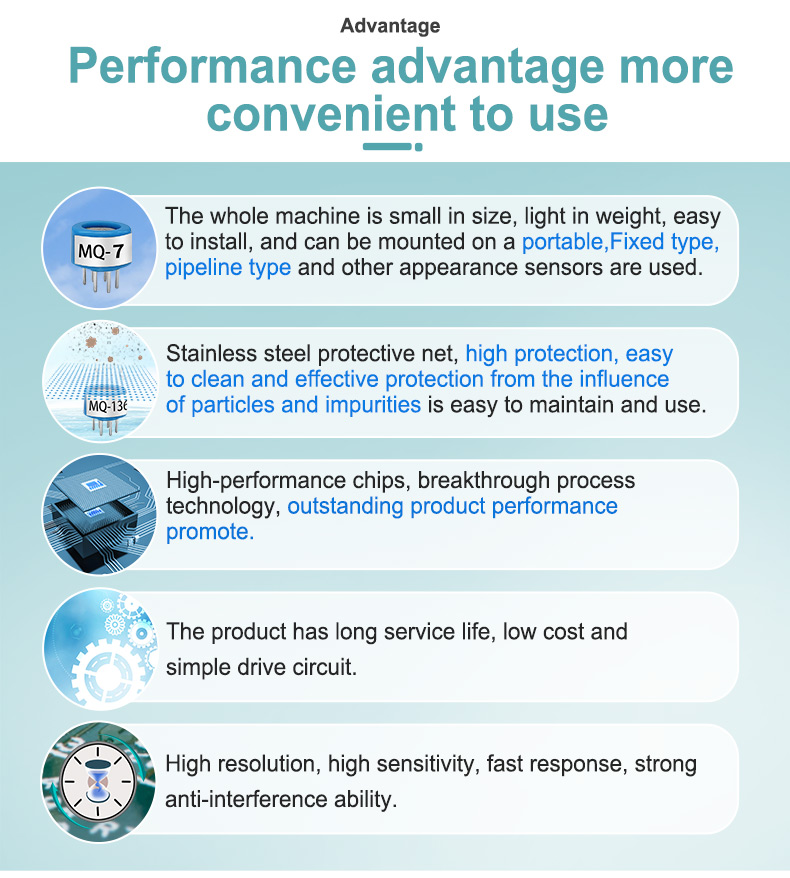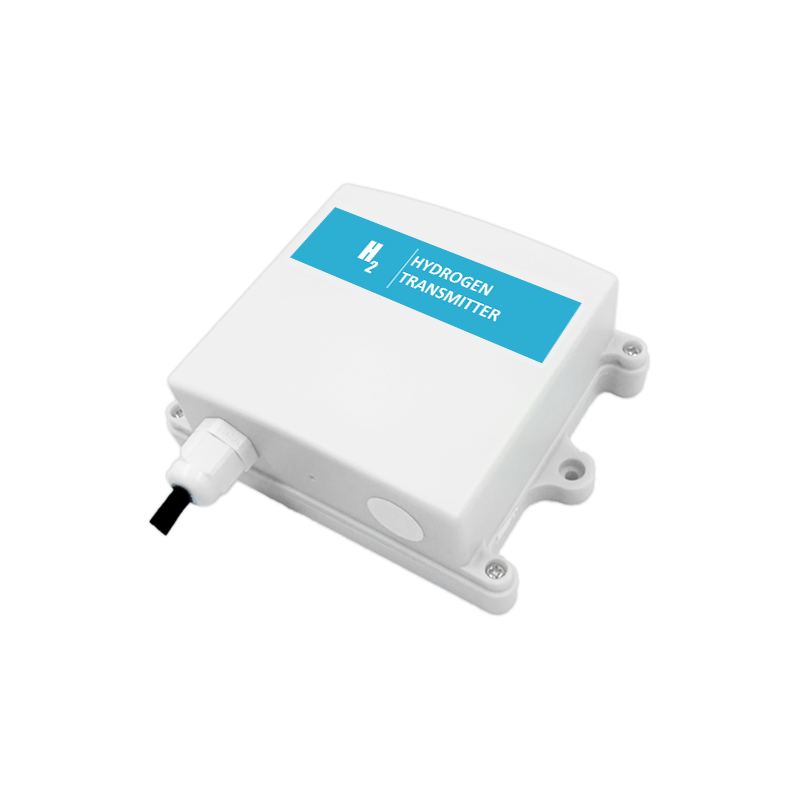Automotive applications demand cost-effective sensors that can monitor hydrogen concentration in real-time. This article reviews the challenges and solutions of developing low-cost hydrogen sensors for automotive applications.
Challenges of Low-Cost Hydrogen Sensors
Challenges of Low-Cost Hydrogen Sensor The deployment of hydrogen fuel cell vehicles requires the integration of advanced sensing technologies to ensure safety and performance. However, the high cost of existing hydrogen sensors limits their utilization in automotive applications.

The primary challenges of developing low-cost hydrogen sensors include:

- Limited Sensing Performance: Most low-cost sensor lack the sensitivity and accuracy required to detect hydrogen at low concentrations. This limitation poses significant safety risks as undetected hydrogen leaks can cause explosions.
- Durability: Hydrogen sensor stability and durability is crucial in automotive applications where harsh operating conditions such as temperature and pressure fluctuations can damage the sensor’s performance.
- Interference from other Gases: Hydrogen sensor need to be selective enough to differentiate between hydrogen and other gases present in the environment. Interference from gases such as carbon monoxide (CO), nitrogen oxides (NOx), and methane can result in false readings or inaccurate detection.
Solutions to Developing Low-Cost Hydrogen Sensor Developing low-cost hydrogen sensors that address these challenges is essential for the widespread adoption of hydrogen fuel cell vehicles.
Solutions the researchers are exploring:

- Hybrid Sensor Technologies: Combining two or more sensing technologies can enhance hydrogen sensing performance and selectivity while reducing costs. A hybrid sensor that integrates palladium-thin-film sensing with tin oxide-based MOSFET sensors has shown promise in detecting hydrogen at low concentrations.
- Nanomaterial-Based Sensor: Nanomaterials such as carbon nanotubes, graphene, and metal oxides have unique chemical and physical properties that can enhance hydrogen sensing performance. These materials possess high specific surface areas, enabling them to adsorb hydrogen molecules effectively. Nanomaterial-based sensors offer potential for low-cost sensing technologies with improved sensitivity, selectivity, and durability.
- Advanced Signal Processing: Advanced signal processing techniques, such as the pattern recognition algorithm, can improve the selectivity of hydrogen sensor and help eliminate false readings due to interference from other gases. Machine learning algorithms can analyze large datasets obtained from multiple sensors and enhance sensor performance in real-time.
Conclusion
Low-cost hydrogen sensor are essential for the widespread deployment of hydrogen fuel cell vehicles and improving their safety and performance. However, developing low-cost sensors that can meet automotive applications requires overcoming significant challenges such as limited sensing performances, durability, and interference from other gases. Hybrid sensor technologies, nanomaterial-based sensors, and advanced signal processing techniques offer solutions for developing low-cost hydrogen sensor with improved performance and cost-effectiveness. Further research is needed to optimize these approaches and make hydrogen fuel cell vehicles a practical solution for sustainable transportation.